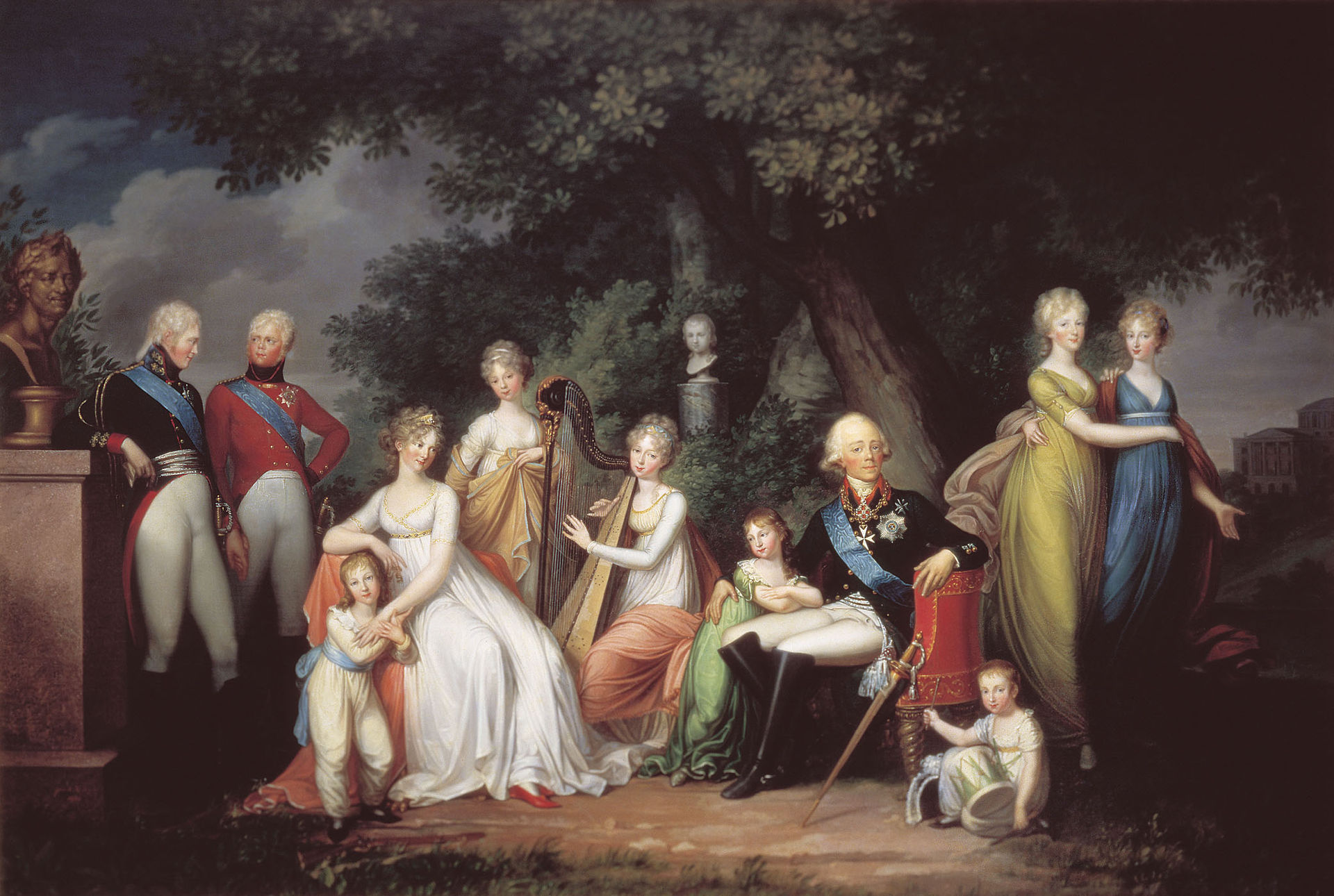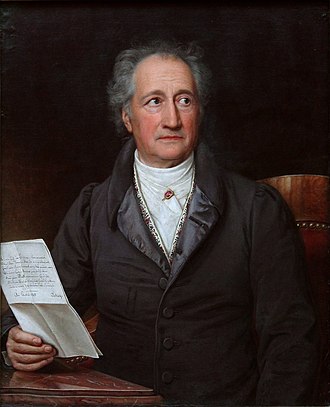by Scott Mehl © Unofficial Royalty 2017
Grand Duchy of Saxe-Weimar-Eisenach: The Duchy of Saxe-Weimar-Eisenach was created in 1809 when the Duchy of Saxe-Eisenach and the Duchy of Saxe-Weimar merged. The Congress of Vienna elevated Saxe-Weimar-Eisenach to a Grand Duchy in 1815. As the German Empire was crumbling at the end of World War I, Wilhelm Ernst, the last Grand Duke of Saxe-Weimar-Eisenach was forced to abdicate on November 9, 1918. He was stripped of his throne and his properties and forced into exile. With his family, he took up residence at Schloss Heinrichau, the family’s estate in Heinrichau, Silesia, now Henryków, Poland. Today the territory that encompassed the Grand Duchy of Saxe-Weimar-Eisenach is located in the German state of Thuringia.
********************

source: Wikipedia
Grand Duke Karl Alexander was born in Weimar, Grand Duchy of Saxe-Weimar-Eisenach, now in Thuringia, Germany on June 24, 1818, the second son of Karl Friedrich, Grand Duke of Saxe-Weimar-Eisenach and Grand Duchess Maria Pavlovna of Russia. He had three siblings:
- Prince Paul (1805-1806) – died in infancy
- Princess Marie Luise (1808-1877) – married Prince Karl of Prussia, had issue
- Princess Augusta (1811-1890) – married King Wilhelm I of Prussia, German Emperor, had issue
Karl Alexander began his education being privately tutored by noted Swiss educator, Frédéric Soret. A good student, he particularly excelled in foreign languages, becoming fluent in several at a very young age. He then studied at the universities in Leipzig and Jena, along with receiving military training. He received his law degree in 1841.

Sophie of the Netherlands. source: Wikipedia
On October 8, 1842, at the Kneuterdijk Palace in The Hague, Karl Alexander married Princess Sophie of the Netherlands. She was the daughter of King Willem II of the Netherlands and Grand Duchess Anna Pavlovna of Russia. As their mothers were sisters, Karl Alexander and Sophie were first cousins. They had four children:
- Karl August, Hereditary Grand Duke (1844-1894) – married Princess Pauline of Saxe-Weimar-Eisenach, had issue
- Princess Marie (1849-1922) – married Heinrich VII, Prince Reuss of Köstritz, had issue
- Princess Anna (1851-1859) – died in childhood
- Princess Elisabeth (1854)-1908 – married Duke Johann Albrecht of Mecklenburg-Schwerin, no issue
Karl Alexander became Grand Duke upon his father’s death in 1853. He was a great supporter of the arts and developed numerous friendships with some of the greatest writers, poets, and musicians of the day. These included Richard Wagner, Franz Liszt, Fanny Lewald, and Hans Christian Andersen, although his friendship with Andersen ended in the late 1840s due to Karl Alexander’s support for Germany’s acquisition of Schleswig-Holstein from Denmark.
He worked to preserve the classic look of Weimar’s old town and founded the Grand Ducal School of Art in 1860 and the Weimar School of Music in 1876. He later established the Carl Alexander Library in Eisenach in 1889. His reign is often referred to as the Silver Age of Weimar.

Karl Alexander in later life. source: Wikipedia
Grand Duke Karl Alexander died in Weimar, Grand Duchy of Saxe-Weimar-Eisenach, now in Thuringia, Germany on January 5, 1901. He is buried in the Weimarer Fürstengruft in the Historical Cemetery in Weimar. As his son had predeceased him, he was succeeded by his grandson, Wilhelm Ernst.
This article is the intellectual property of Unofficial Royalty and is NOT TO BE COPIED, EDITED, OR POSTED IN ANY FORM ON ANOTHER WEBSITE under any circumstances. It is permissible to use a link that directs to Unofficial Royalty.
Saxe-Weimar-Eisenach Resources at Unofficial Royalty





















